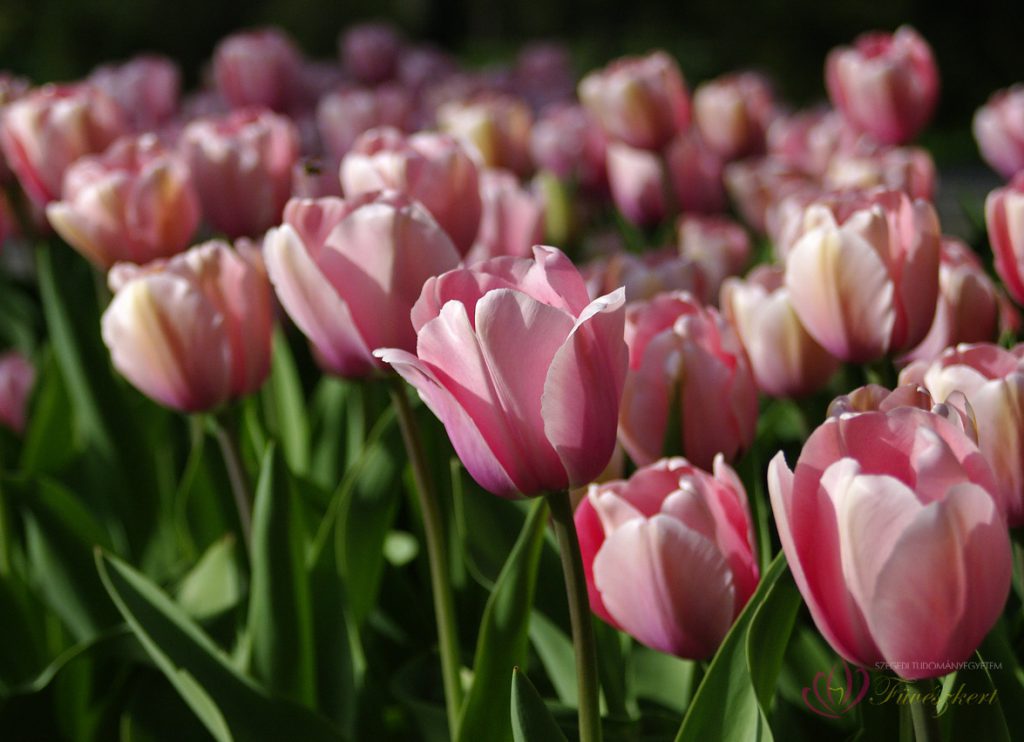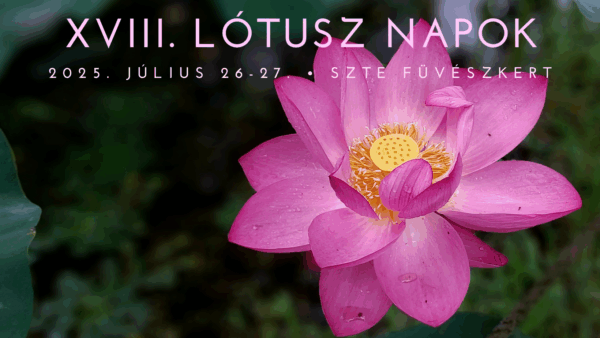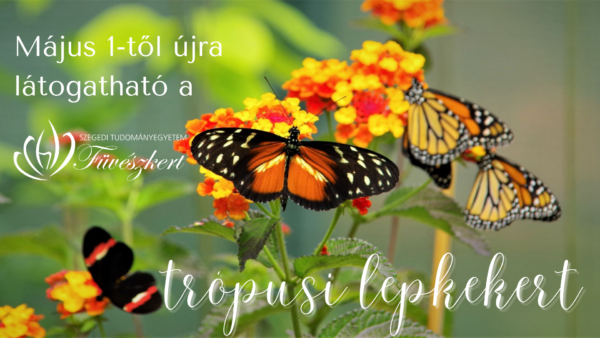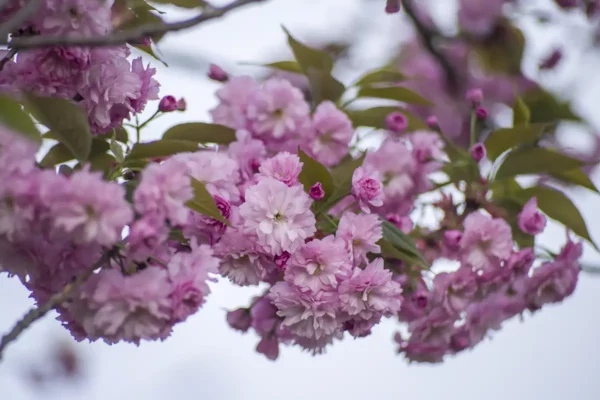THE Tulip (Tulip) is a genus belonging to the lily family, containing nearly 100 species, widespread in the northern temperate zone, especially in Central Asia.
All tulips are characterized by the fact that they are monocotyledonous bulbous plants, which first develop a few stringy or broad ovate leaves in the spring. Between the leaves, the axis of the flower begins to develop, which, while reaching higher and higher, also grows larger and larger buds. Most of the time, a single flower consisting of six sepals develops at the top of the stem, but thanks to breeding, there are already multi-headed tulips. After flowering, their leaves remain green for a while, the plant then strengthens its bulbs and fills them with nutrients, then they gradually turn yellow and the stem retracts, so that it presents you with flowers again the following spring.
Some species of tulips have been cultivated for at least 3,000 years. It was especially popular in the garden of the Turkish sultan, where more than 1,300 varieties were counted as early as the 16th century. The name of the plant (tuliban) means turban in Persian and refers to the similarity in shape between the headdress and the flower. The Latino Tulip was first described by Conrad Gesner in 1560, Linné named the garden's magnificent tulip in his honor Tulipa gesnerianato. It reached Europe through Turkish mediation in 1554, where a little later, in the 17th century, thanks to the Dutch breeders, tulip mania took hold. Even today, the Netherlands is a tulip superpower, and the number of tulip varieties in circulation can be estimated at several thousand.
Cultivated tulips, like rose varieties, are classified into different groups. Botanical tulips are a group of wild species and hybrid varieties that have more or less retained the characteristics and natural appearance of their parent species. There are very early bloomers (T. kaufmanniana), medieval (T. tarda) and late blooming (T. fosteriana) types. Notable among the latter are the Darwin hybrid tulips, which stand out among their peers with their strong stems and magnificent flowers. Lily tulips with an elegant flower structure and parrot tulips with fringed petals and large flowers are very fashionable these days.
In addition to the tulips, the early flowering species of the native flora are also represented in good numbers. In the patch of forest behind the lotus pond, the native to Hungary has already begun to open Banat peony (Paeonia officinalis subsp. Banatica) dark pink round buds. The plant can be found in its natural habitat in Vértes, around Zengő, where it flourishes in sunny forest edges and cleared meadows.
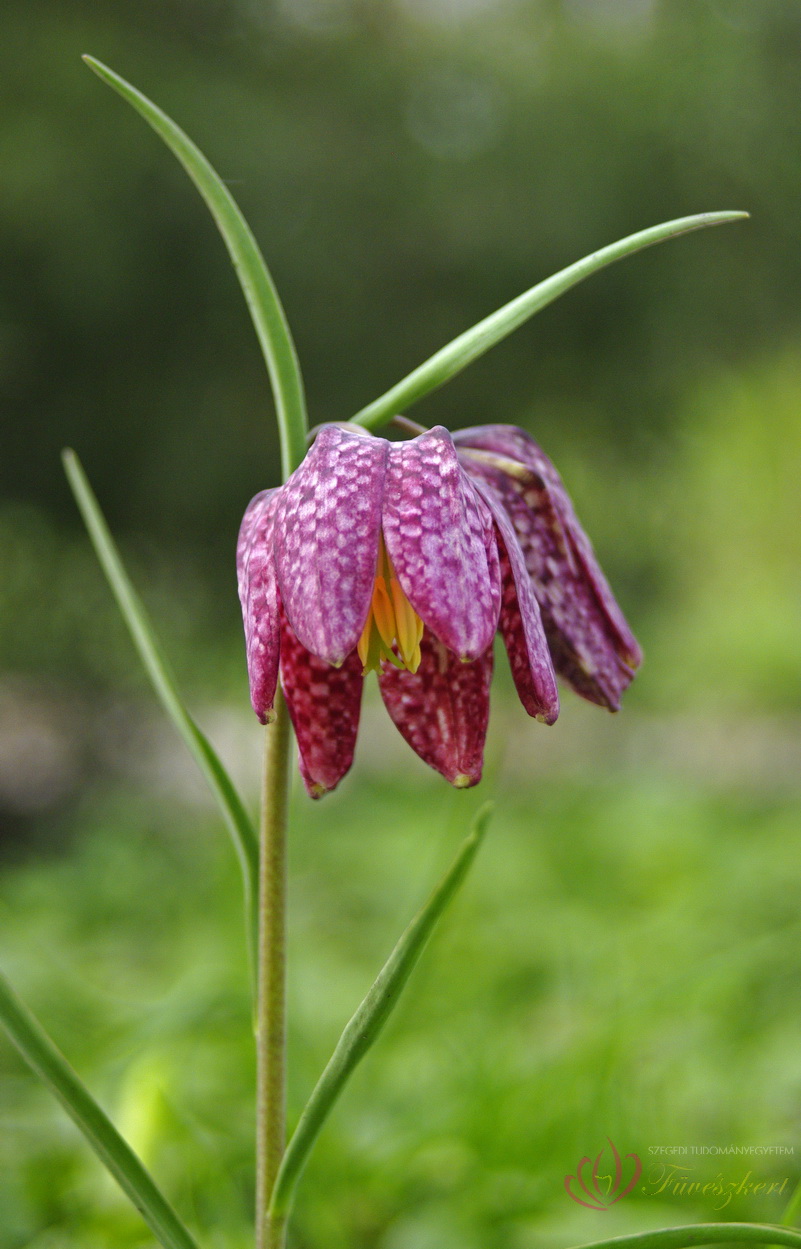 The wild flower of the year is also blooming now marsh lily of the valley too. The plant got its name from its flattering, checkerboard-like flowers. True to its name, it inhabits wet meadows and fresh groves.
The wild flower of the year is also blooming now marsh lily of the valley too. The plant got its name from its flattering, checkerboard-like flowers. True to its name, it inhabits wet meadows and fresh groves.
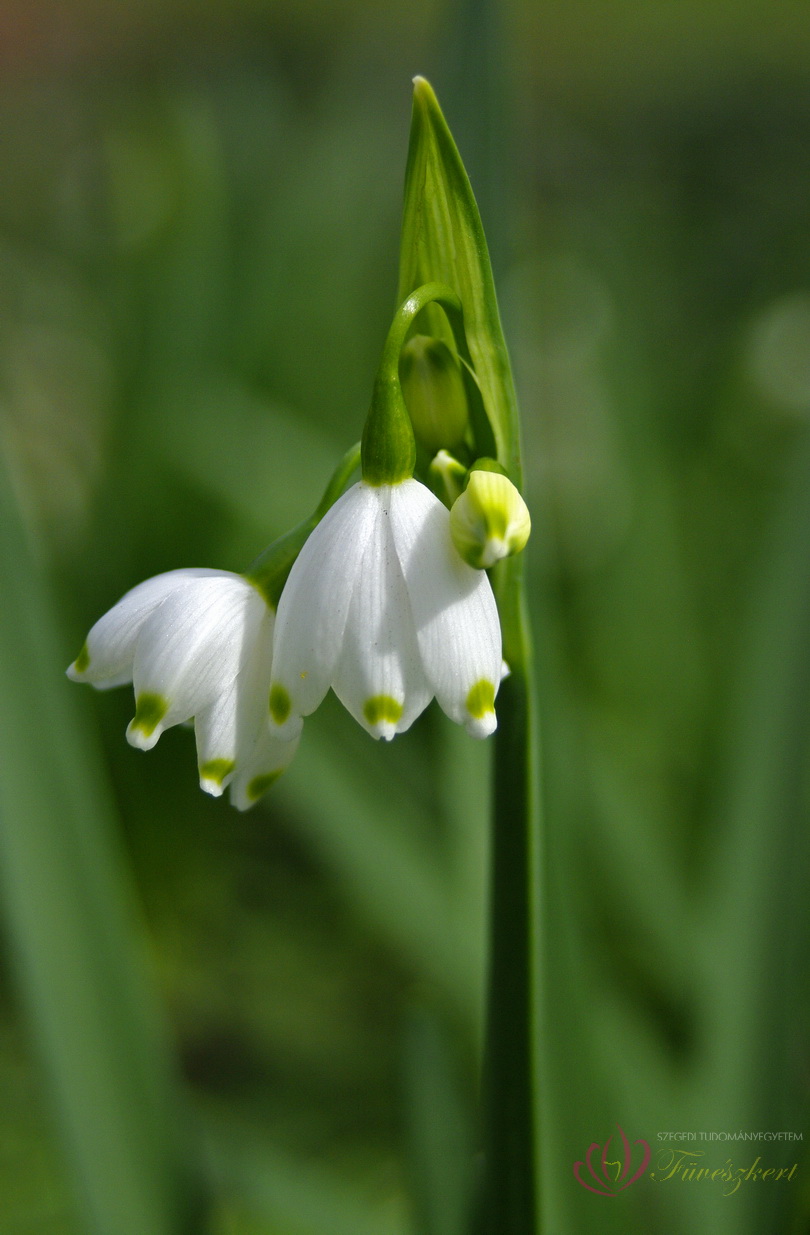 Our protected plant is the bulbous plant that blooms in early spring spring fawns (Leucojum aestivum), a horticultural version of which can now be seen blooming. At first glance, the plant looks like an overgrown snow flower, its pedunculated flowers are white and flattering. It is characteristic of the sedge that the tips of the sepals are decorated with light green spots.
Our protected plant is the bulbous plant that blooms in early spring spring fawns (Leucojum aestivum), a horticultural version of which can now be seen blooming. At first glance, the plant looks like an overgrown snow flower, its pedunculated flowers are white and flattering. It is characteristic of the sedge that the tips of the sepals are decorated with light green spots.
Our beautiful spring ornamental shrub that has been somewhat undeservedly forgotten rose almond or better known as baby rose (Prunus triloba). Its young shoots initially shoot upwards, later they bend in an arch. Its multi-petalled, dense flowers bloom at the same time as the leaves fall, dressing the branches in light pink. It is interesting that the plant's homeland is China, where it was found and named in gardens in 1855. The wild species with simpler flowers, which served as the subject of breeding, was only found 29 years later in Northern China and leaving the primacy of the bred form to Prunus triloba f. named simplex.
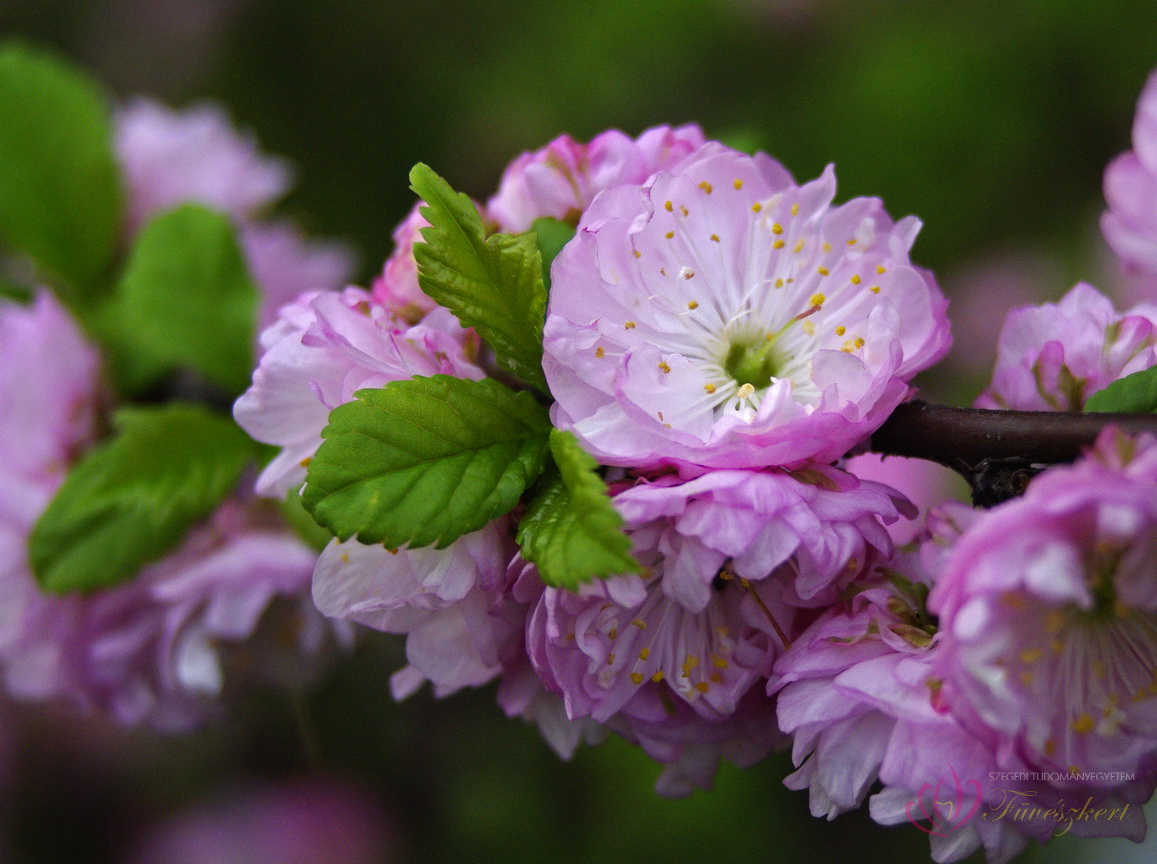
While walking in the garden, pleasant scents sometimes hit our noses, below we present some of the "smells responsible":
It blooms for a short time, but then it is all the more impressive Prunus padus (Prunus padus), which can also be seen behind the Japanese garden island. In the language of the people, it is also called may tree, lily of the valley tree, linden, and wild cherry, and it definitely attracts our attention at the end of April, beginning of May, with the mass of flowers that bloom at the same time as the leaves fall. The white, fragrant flowers are arranged in cylindrical clusters at the ends of the branches, dressing the canopy in a white wig.
It is not native to our country, but it is an evergreen shrub popular in gardens and parks garden mahogany (Mahonia aquifolium), whose yellow clusters of flowers fill the air with a honeyed scent in spring. The leaves of the plant are similar to holly, spiky, although not so sharp-edged, leathery, bright green, turning red in autumn. Its fruit is an ash-blue berry. The plant, which tolerates the urban environment well, is popularly planted in parks and cemeteries, as it decorates all year round. It requires a semi-shady place.
THE Japanese quince (Chaenomeles japonica) also blooms deciduously, the branches of the bush starting from the ground surface are densely covered with red, orange or even pink flowers. In the garden, around the Japanese garden, a few bushes decorate.
The magnolias, or lily trees as they are better known, are also in peak bloom. Among them is the one with snow-white flowers willow lily tree (Magnolia salicifolia), is purple in color and has a pleasant lemon scent large-flowered lily tree (Magnolia × soulangeana) and the white-flowered Cóbus lily tree (Magnolia tree) can also be found in bloom.
Like every season, spring also has its own characteristic atmosphere, perhaps it is the most favorite time of the year. These spring moments are worth capturing. And if the photographer feels like it, his photo can be "Herbal Garden Moods" university photo competition you can also name it. (see more in the news or on the home page).
We look forward to welcoming our visitors!
{gallery}2016/04-07/all{/gallery}

